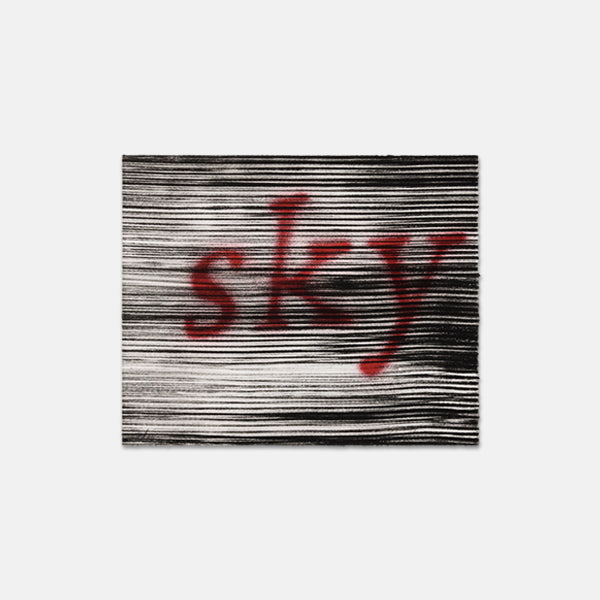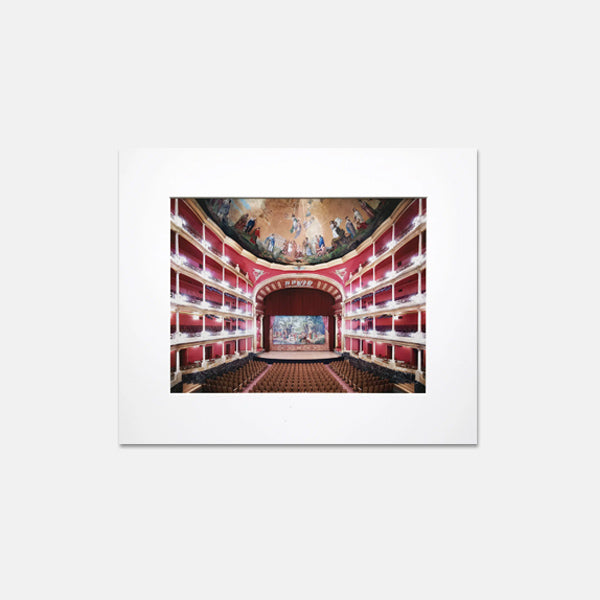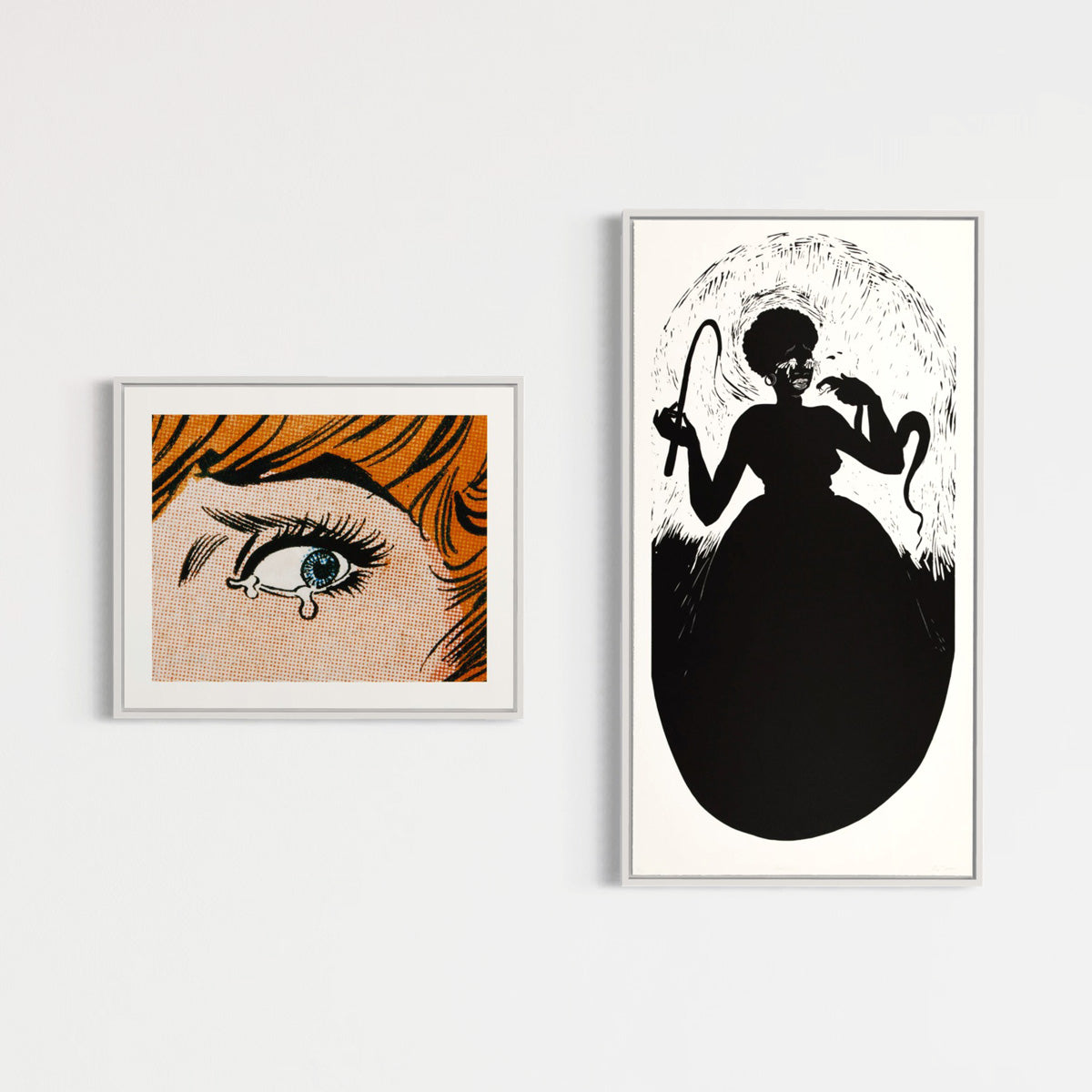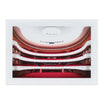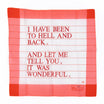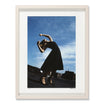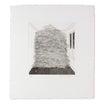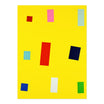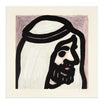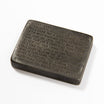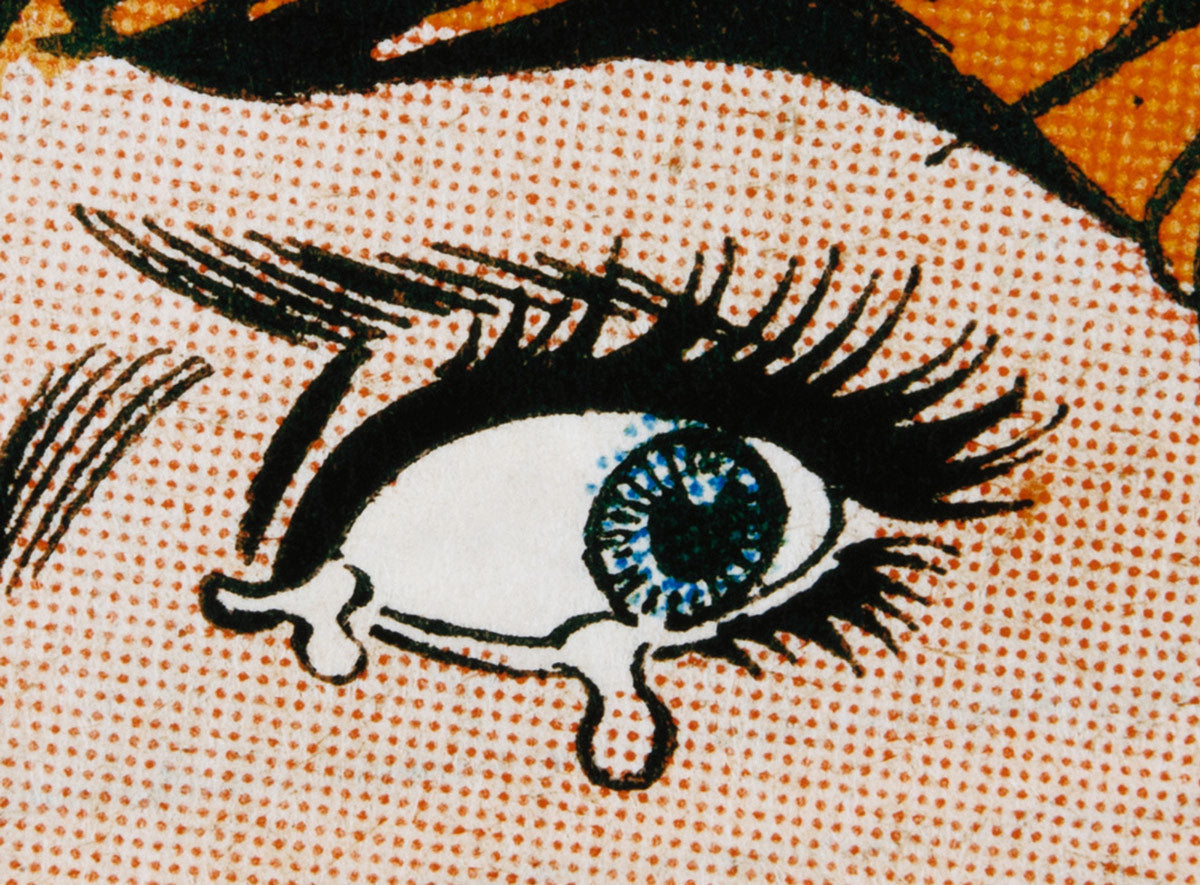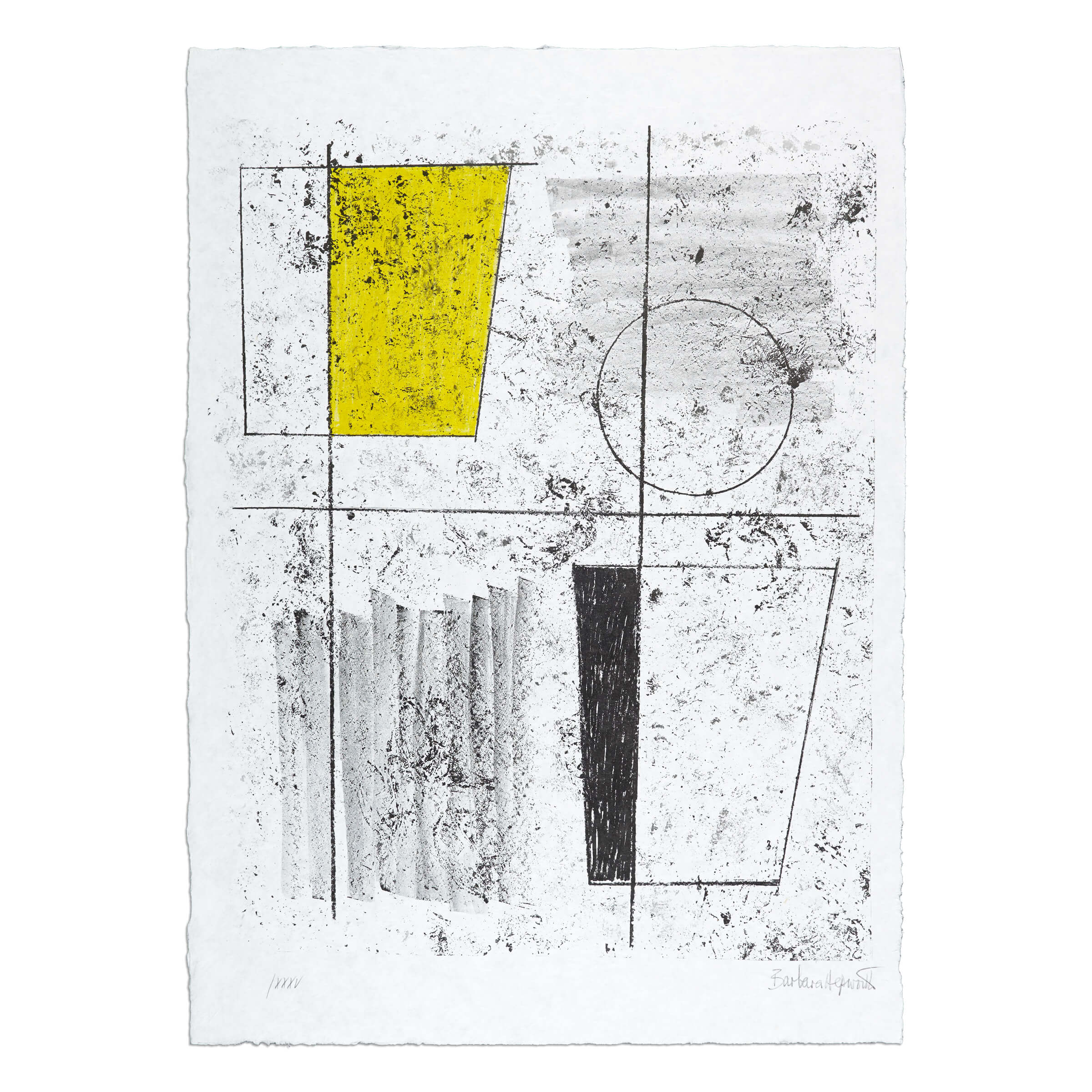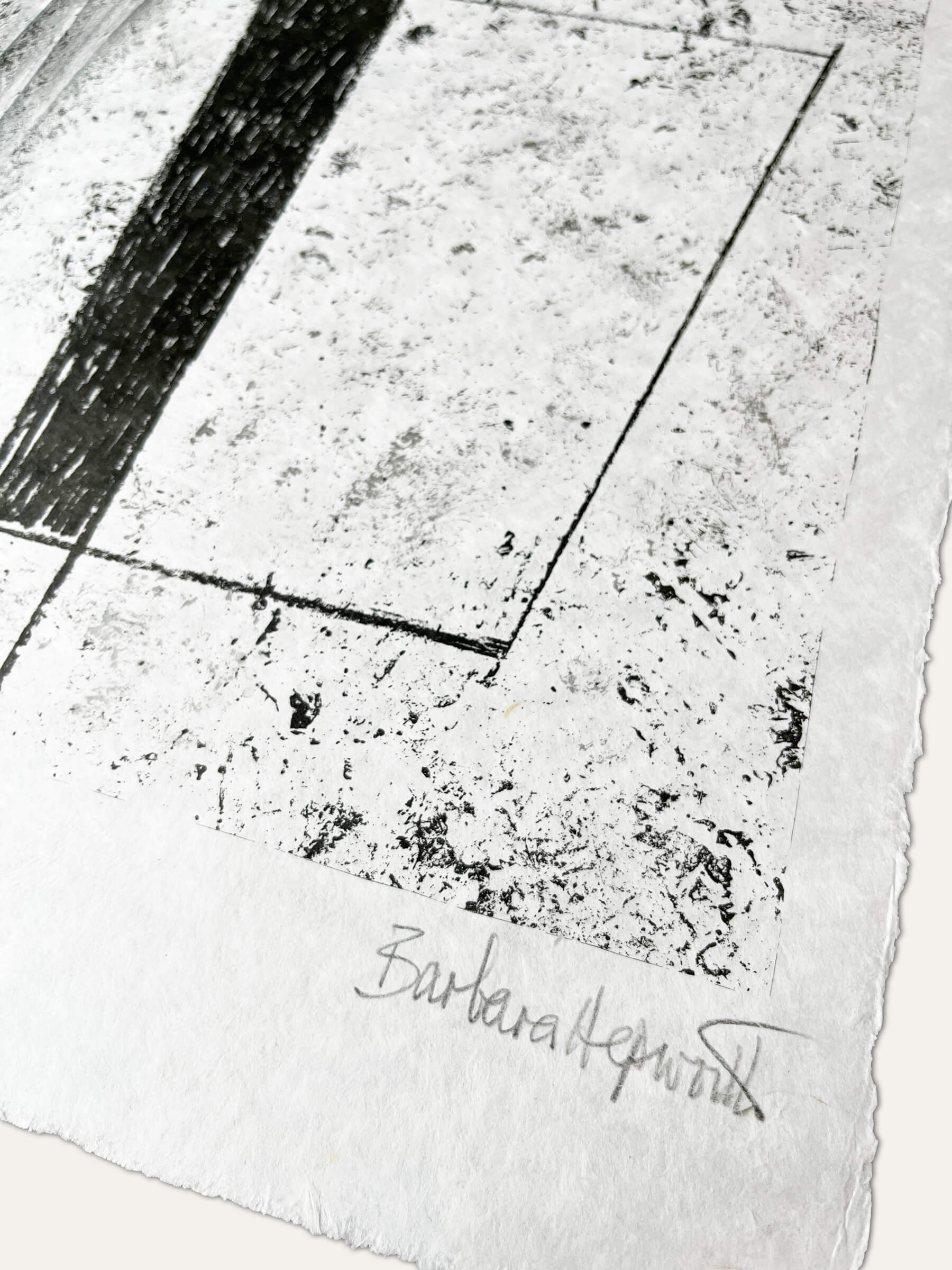Barbara Hepworth

Artworks by Barbara Hepworth
Discover the elegant simplicity of Barbara Hepworth‘s limited edition prints, where her modernist approach to form and space is beautifully translated onto paper. These abstract prints, available for sale, reflect Hepworth’s mastery in sculptural abstraction, offering a serene yet profound addition to any collection of modern art.
1 product

Barbara Hepworth (1903–1975) is regarded as one of the most important and iconic figures in modern sculpture. A pioneer of abstraction in Britain, she shaped 20th-century art with her innovative approach to form, material, and space. Born in Wakefield, England, Hepworth initially studied painting but soon found her true artistic voice in sculpture, where she developed a unique style rooted in harmony, rhythm, and an intimate dialogue with the natural world.
In 1939, she settled in St Ives, Cornwall, where the dramatic coastal landscape became central to her artistic vision. The interplay of light and shadow, the organic contours of stone and sea, and the rugged textures of the Cornish coastline profoundly influenced her sculpture. Hepworth’s works in wood, stone, and bronze are defined by smooth, flowing lines and carefully carved voids, creating abstract forms that resonate with a sense of balance and timeless spirituality. Her sculpture embodies both a celebration of nature and a search for inner harmony, making her one of the most influential voices in British modernism.
While sculpture remained her primary focus, Barbara Hepworth also explored printmaking as an extension of her practice. Her limited edition prints, often created through lithography and linocut, carried the same spirit of abstraction found in her three-dimensional works. These prints highlight her sensitivity to form, texture, and negative space, offering collectors a rare opportunity to engage with her artistic language on paper.
Today, Barbara Hepworth’s sculptures and prints are celebrated worldwide for their elegance, clarity, and profound connection to the natural environment. Her legacy endures not only in museums and public collections but also in the continued resonance of her abstract art, which bridges the material and the spiritual in ways that remain deeply relevant to contemporary audiences.

Barbara Hepworth’s sculptures and prints have been celebrated in major institutional exhibitions worldwide. A landmark retrospective at the Tate Gallery in London in 1968 affirmed her position as one of the leading figures of modern sculpture. The Hepworth Wakefield, founded in her birthplace, continues to present her legacy through permanent displays and curated exhibitions, drawing international attention to her work.
Her art has also been showcased at institutions such as the St Ives Tate, the Yorkshire Sculpture Park, and the Musée Rodin in Paris, highlighting her global influence on abstract sculpture. In 2015, Tate Britain mounted Barbara Hepworth: Sculpture for a Modern World, a major retrospective that brought renewed focus to her role in shaping 20th-century abstraction. Today, her sculptures and limited edition prints remain central features of modern art collections, affirming her lasting importance in both British and international art history.
Barbara Hepworth (1903–1975) is regarded as one of the most important and iconic figures in modern sculpture. A pioneer of abstraction in Britain, she shaped 20th-century art with her innovative approach to form, material, and space. Born in Wakefield, England, Hepworth initially studied painting but soon found her true artistic voice in sculpture, where she developed a unique style rooted in harmony, rhythm, and an intimate dialogue with the natural world.
In 1939, she settled in St Ives, Cornwall, where the dramatic coastal landscape became central to her artistic vision. The interplay of light and shadow, the organic contours of stone and sea, and the rugged textures of the Cornish coastline profoundly influenced her sculpture. Hepworth’s works in wood, stone, and bronze are defined by smooth, flowing lines and carefully carved voids, creating abstract forms that resonate with a sense of balance and timeless spirituality. Her sculpture embodies both a celebration of nature and a search for inner harmony, making her one of the most influential voices in British modernism.
While sculpture remained her primary focus, Barbara Hepworth also explored printmaking as an extension of her practice. Her limited edition prints, often created through lithography and linocut, carried the same spirit of abstraction found in her three-dimensional works. These prints highlight her sensitivity to form, texture, and negative space, offering collectors a rare opportunity to engage with her artistic language on paper.
Today, Barbara Hepworth’s sculptures and prints are celebrated worldwide for their elegance, clarity, and profound connection to the natural environment. Her legacy endures not only in museums and public collections but also in the continued resonance of her abstract art, which bridges the material and the spiritual in ways that remain deeply relevant to contemporary audiences.
Barbara Hepworth’s sculptures and prints have been celebrated in major institutional exhibitions worldwide. A landmark retrospective at the Tate Gallery in London in 1968 affirmed her position as one of the leading figures of modern sculpture. The Hepworth Wakefield, founded in her birthplace, continues to present her legacy through permanent displays and curated exhibitions, drawing international attention to her work.
Her art has also been showcased at institutions such as the St Ives Tate, the Yorkshire Sculpture Park, and the Musée Rodin in Paris, highlighting her global influence on abstract sculpture. In 2015, Tate Britain mounted Barbara Hepworth: Sculpture for a Modern World, a major retrospective that brought renewed focus to her role in shaping 20th-century abstraction. Today, her sculptures and limited edition prints remain central features of modern art collections, affirming her lasting importance in both British and international art history.



Buy art online
Shop art editions online with transparent pricing, accurate condition reports, and fast dispatch. Designed for international collectors, we make buying limited edition prints and artworks simple, secure, and reliable.
Worldwide shipping
We ship art editions worldwide with full insurance and tracking. Handled only by trusted international carriers, each shipment is securely packaged and typically dispatched within 5 days.
Professional packaging
Every artwork is packaged to the highest professional standards. Using solid multi-layer cardboard and protective materials, we ensure your art editions arrive safely and in excellent condition.
Secure payment
Buy with confidence using secure, encrypted payments backed by advanced fraud protection. Every transaction is processed with trusted technology, ensuring a smooth and worry-free checkout for collectors worldwide.
